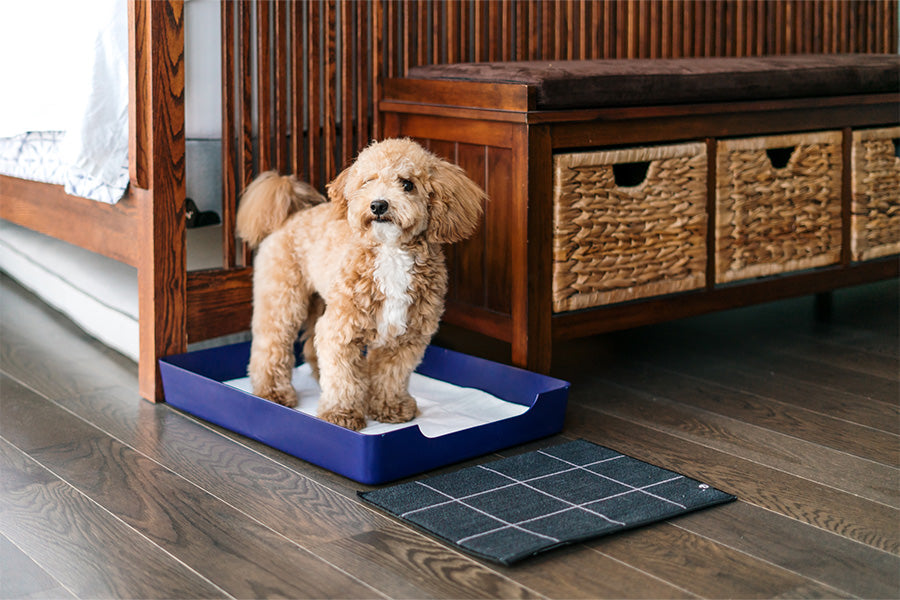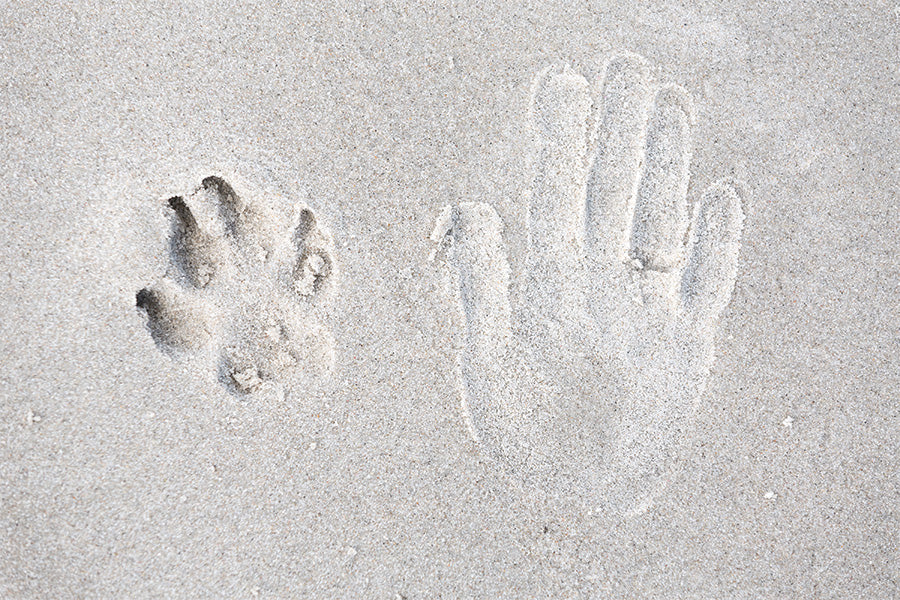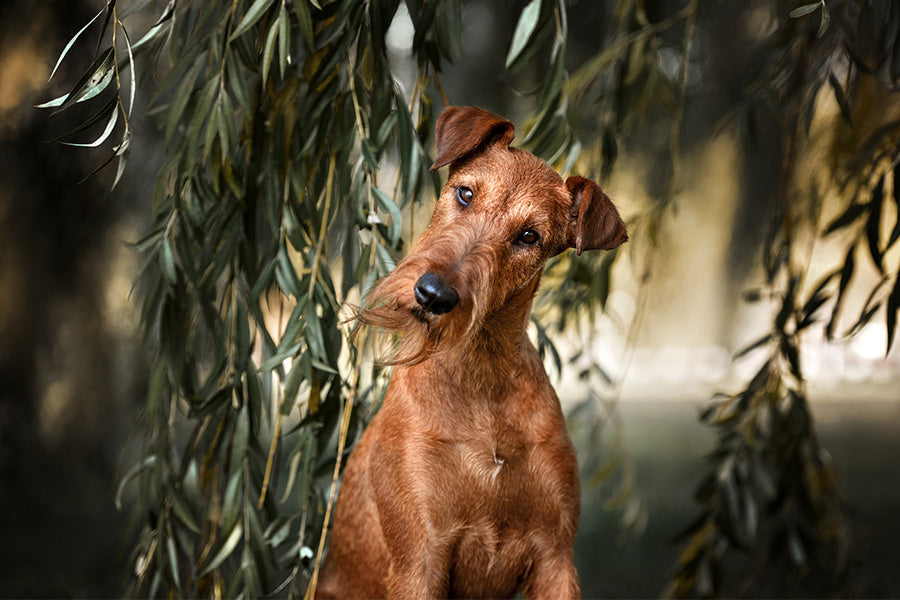Mastering Housetraining with Dog Potty Solutions

Teaching your puppy to go to the bathroom in the right places is an important part of being a good pet owner.
This behaviour is not only instinctive for your dog but also gratifying for you as the owner. To successfully housetrain your puppy, it’s important to take a careful approach. Emphasize positive reinforcement instead of punishment.
Let’s delve into the essentials of dog housetraining. We will focus on a few important areas. These include watching your puppy, using a crate, a dog litter box, knowing when your puppy needs to go outside, and handling accidents.
Supervision and Observation
A key part of house training your dog is paying close attention to them. How long it takes to train your puppy depends greatly on how effectively you can supervise and guide them.
Puppies need a lot of attention. They can usually hold their urine for about one hour, plus the number of months they are old. For example, a two-month-old puppy might need to go every three hours. This shows the importance of being attentive and supervising closely.

Understanding Your Puppy’s Needs
It’s vital to grasp when your puppy needs to relieve themselves. Generally, puppies need to go after eating, drinking, playing, or waking up.
Create a regular feeding schedule. Give your pet several meals a day at the same times. Watch for your puppy's signals, such as sniffing, circling, or heading toward the door. Quickly lead them to their designated potty spot.
Keep track of their bathroom habits, and be patient if they usually need to go after they’ve urinated.
Effective Supervision
While constant oversight is ideal, it may not always be feasible. This is why having a dog pee tray and pee pads can be a very useful tool for pet owners. These products provide useful solutions for handling your dog's bathroom needs. They are especially helpful when you can't easily take your dog outside.
They can be especially helpful for those living in apartments, working long hours, or caring for puppies that are still being house trained. Creating a special spot for your dog to go to the bathroom indoors can help keep your home clean. It also reduces stress for you and your pet.
Allow your puppy to stay in the same room as you whenever possible. If you can't supervise them, consider employing a crate that adheres to proper crate training guidelines.

Crate Training
A crate can function as a secure and safe refuge for your puppy during the crucial phase of housetraining. Dogs have a natural instinct to keep their sleeping area clean. They usually try to avoid soiling it.
This instinct makes the crate an invaluable tool in the training process. When selecting a crate, it's essential to ensure that it is the right size for your puppy; it should be spacious enough for your puppy to stand up, turn around, and lie down comfortably.
As your puppy grows and learns to control its bladder better, you may need to change the size of the crate. This will help create a good training space for your puppy.
Positive Reinforcement Training
Utilising positive reinforcement is essential for successful housebreaking. Always take your puppy outside on a leash. Use simple phrases like "Let's go outside" to show what you are doing.
Refrain from engaging in play or offering attention until after your puppy has eliminated. Use simple phrases like "Go potty" or "Puppy Litière pour chien" to help your pet learn. These cues will help them understand what you want them to do.
Consistency is key. Say the same words each time to create a clear link between the command and the action. Give your puppy praise, treats, and fun playtime right after they go potty in the right place.
Handling Accidents
Accidents are a normal part of the housetraining process, so it's crucial to react calmly. Avoid disciplining your puppy for accidents, as this may instill fear or confusion. If you catch them in the act, gently prompt them to go outside or to their designated spot. Stay calm and focus on encouraging positive behaviour.
The Benefits of Using a Pee Pad Holder
Pee pad holders can be a fantastic addition to your housetraining toolkit. These holders keep dog training pads in place. They stop the pads from slipping or getting damaged.
Position the pee pad holder in an area your puppy frequently visits and guide them to it during potty breaks. This setup is particularly handy for apartments or in inclement weather when going outside can be challenging. Combine the use of pee pad holders with consistent rewards to reinforce appropriate potty habits.

Using a Dog Potty Box
A dog potty box, like the Doggy Bathroom, is a practical option for puppy potty training. This specialised potty system offers a clean and designated area for your puppy to relieve themselves indoors. It can be especially useful for smaller breeds or homes without easy outdoor access.
After your puppy eats or plays, take them to the potty box and reward them immediately when they use it correctly. Eventually, your puppy will connect the potty box with bathroom time. This will make training easier and faster.
Leaving Your Puppy Alone
When the situation arises where you need to leave your puppy alone for a period of time, one effective strategy is to place them in a safe, designated room. It is essential that this room is spacious enough to accommodate all of your puppy's needs, including areas for sleeping, eating, and even a space for them to go to the bathroom.
To ensure that they understand where they are supposed to relieve themselves, you might want to establish a specific potty area. This can be done using tools such as a litter box designed for dogs, like the Doggy Bathroom, which serves as a convenient option for indoor potty training. After your puppy has finished eating or engaging in playtime, you should take the time to guide them to this designated spot.
When your puppy successfully uses this area, it is important to reinforce their good behaviour by offering them praise and positive reinforcement. This will help them associate the potty area with being rewarded, encouraging them to continue using it appropriately in the future.
Effective Housetraining
To train your dog to go to the bathroom outside, you need to be patient and consistent. It's also important to understand what your puppy needs. You can help your pet learn good bathroom habits by rewarding them for good behaviour. Keep an eye on them and use safe methods to keep them in one area.
Tools like dog training pads, pee pad holders, and dog potty boxes can facilitate this process and increase your chances of success. Remember, accidents are a natural part of learning.

Keeping a positive and supportive attitude is important for building a strong bond with your puppy. Using helpful methods can make housetraining a time to bond with your pet. This will help them become a happy and well-adjusted friend.




